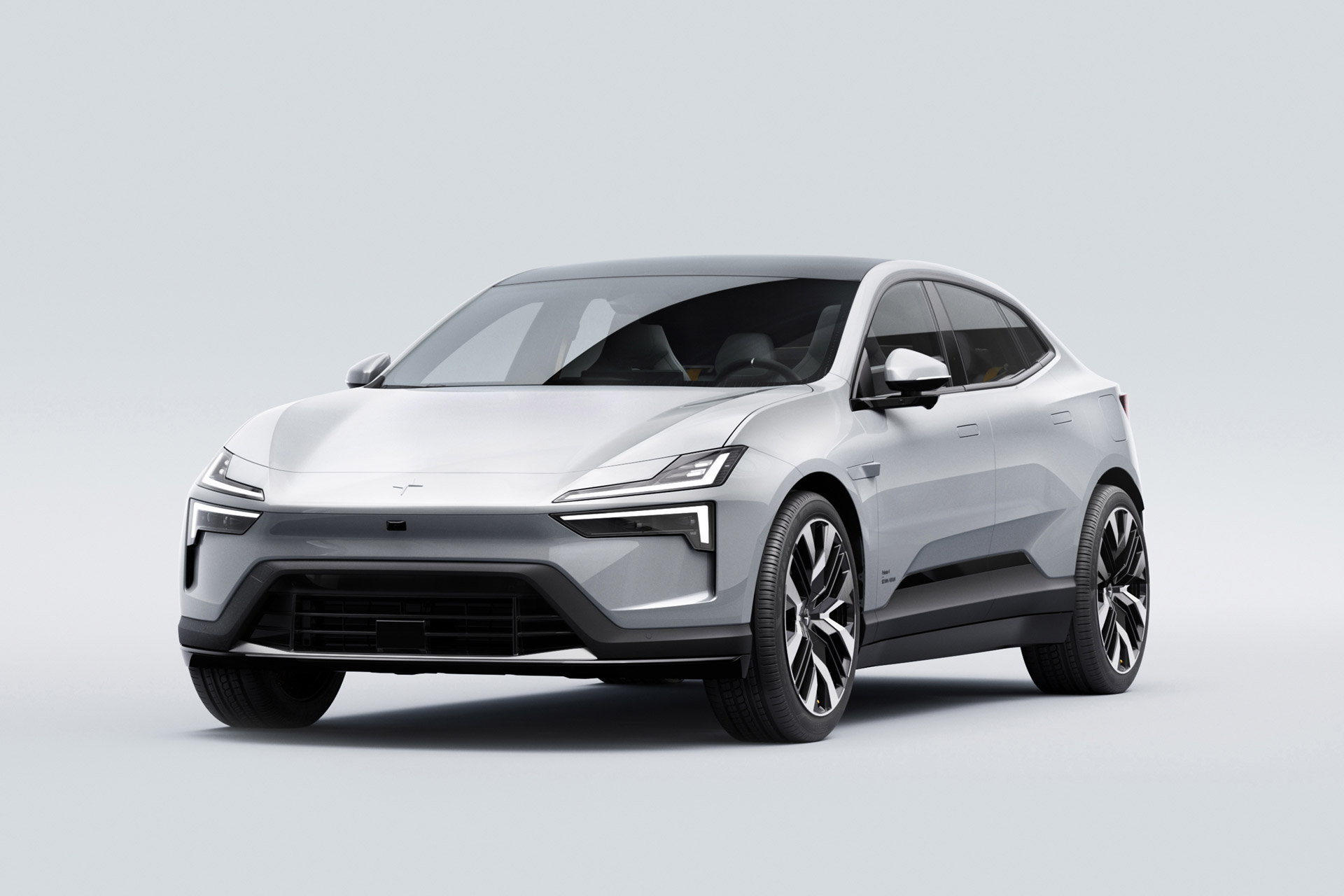
Polestar 2 Enhances Android Automotive Capabilities with Android Auto Integration
Introduction
Polestar 2, the electric vehicle division of Volvo, has recently integrated Android Auto into its Android Automotive infotainment system. This integration aims to provide a seamless and familiar experience for drivers and passengers alike.
Benefits of Enhanced Integration
- Familiar Interface: Android Auto replicates the Android smartphone interface, offering a known and easy-to-use navigation system for drivers.
- Seamless Connectivity: The integration allows users to connect their Android devices wirelessly, enabling access to music, navigation, and messaging apps.
- Enhanced Voice Control: Users can access Android Auto's voice assistant, Google Assistant, to control navigation, play music, or make calls without taking their hands off the wheel.
- Google Play Access: Android Auto provides access to the Google Play Store, where users can download and install compatible apps.
Technical Implementation and Compatibility
The integration of Android Auto in Polestar 2 is achieved through a software update. The update enables the car's infotainment system to run Android Automotive, the operating system specifically designed for automotive use. Android Automotive runs natively on the car's hardware, ensuring a smooth and stable experience.
Android Auto compatibility extends to Android devices running Android 11 or later. Users can connect their devices via Bluetooth or a USB cable.
Comparison with Previous Iterations
Previously, Polestar 2 only supported Apple CarPlay. The integration of Android Auto now provides a comprehensive mobile integration solution, catering to both iOS and Android users.
| Feature | Android Auto | Apple CarPlay |
|---|---|---|
| Platform | Android Automotive | iOS |
| Device Compatibility | Android 11+ | iOS 13+ |
| Wireless Connectivity | Yes | Yes |
| Voice Assistant | Google Assistant | Siri |
| App Store Access | Google Play Store | App Store |
Criticisms and Limitations
While the integration of Android Auto brings significant benefits, it also faces some criticisms and limitations:
- Potential Privacy Concerns: Android Auto requires access to certain user data, raising concerns about data privacy and security.
- Limited Customization: The Android Auto interface is standardized, offering limited customization options for users.
- Device Compatibility Issues: Some Android devices may not be compatible with Android Auto, potentially limiting its accessibility.
Conclusion
The integration of Android Auto in Polestar 2 marks a significant step in enhancing the mobile integration experience for drivers and passengers. Its seamless connectivity, familiar interface, and Google Play access offer a convenient and user-friendly way to access various apps and services. However, concerns about privacy, customization limitations, and device compatibility should be addressed to ensure a comprehensive and satisfactory user experience.
Overall, the integration of Android Auto in Polestar 2 demonstrates the growing trend of integrating mobile operating systems into vehicles, promising a more personalized and connected driving experience in the future.
Post a Comment